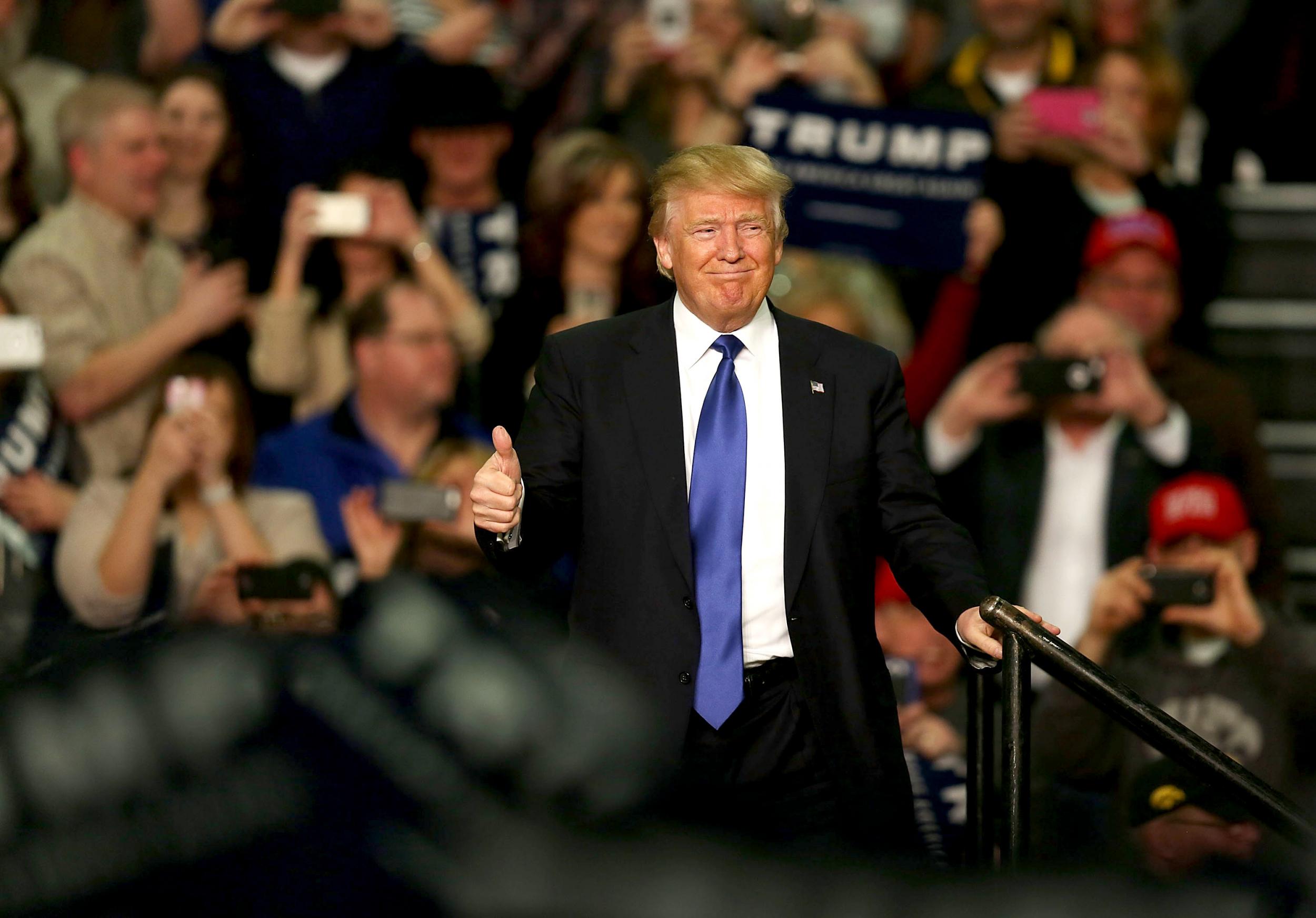The current vogue for share buybacks could lead to trouble in the future
Das Capital

Corporations are currently engaged in auto-cannibalism. They are buying back their own shares or returning capital to shareholders, providing crucial impetus to the tripling of US stock prices. In 2015, American shareholders received nearly $1trn (£705bn) in cash in the form of dividends, share repurchases or capital returns. Since 2009, dividends and buybacks have been increasing at double digit rates.
Buybacks entail retiring equity to align the capital base of a business with operational requirements and financial risk. It is also adjusts the firm’s financing structure, changing the proportions of debt and equity.
Proponents argue that a repurchase of shares is positive for share price, resulting in a re-rating of company stock. This may reflect positive information effects, primarily that insiders perceive the equity to be undervalued. It signals that the company’s management and directors view investment in own stock as providing attractive risk-adjusted return relative to other investments, either in existing operations or investments outside core businesses.
Share buybacks are also seen as rectifying a lazy balance sheet. The firm may have excess cash and capital relative to current business needs and anticipated future opportunities. In effect, higher leverage or higher debt levels where the buyback is financed by new borrowings increases risk to an appropriate level to ensure that the business is run more efficiently.
Reducing expensive equity as part of the capital structure reduces the cost of capital. In theory, this improves returns to shareholders. It allows the firm to take on lower yielding projects and investment opportunities. Reducing the number of shares outstanding improves the company’s earnings per share (“EPS”) and return on equity, particularly where acquisition of its own shares is financed by debt. Share buybacks or capital returns sometimes constitute a tax-effective form of distributing earnings to shareholders.
Opponents argue that share buybacks convey negative information to investors. Primarily, they signal a dearth of attractive investment or expansion opportunities which in turns indicate lower long term growth prospects. Share buybacks also reduce cash reserves or debt capacity, affecting credit ratings. Depending on the change in leverage and risk, repurchases may lower longer term financial flexibility.
They reduce the free float of shares, decreasing the liquidity of the stock. This can affect trading and the valuation of the shares. Current levels of share buybacks are approaching those prior to the crash of 2008. Apple, ExxonMobil, IBM, Microsoft, HP, Oracle, Walmart, Philip Morris and Pfizer have been prominent.
The increased availability and low cost of debt, driven by loose monetary policies, is an important driver.
A high proportion of share buybacks are debt-funded. Apple has issued significant volumes of debt (around $50bn), using the proceeds to fund purchases of their own stock or pay dividends to shareholders
It makes commercial sense to borrow at 2 per cent to repurchase a stock trading at an equity premium of 5 to 6 per cent, or with high dividend yields. For some companies, an added factor is the need to avoid repatriating overseas earnings and cash which would trigger large domestic tax liabilities. Instead, these companies borrow and return cash to shareholders.
Around 30 per cent of all cash flow generated by business is now allocated to share repurchases, compared to 35 per cent in 2007 and 15 per cent in 2000. Around half of all cash flow is now used for share repurchases, dividends and capital returns. In contrast, capital expenditures (plant and equipment, research and development expenses and cash acquisitions of other businesses) are around 50 per cent..
Firms cite the lack of attractive investment opportunities, due to overcapacity and lack of pricing power. However, critics point to underinvestment and the maximisation of short term returns. An example is RIM, makers of Blackberries, which favoured share buybacks over investment, contributing to it being overtaken by Apple and Samsung in smartphone technology.
In reality, share buybacks boost the stock price by increasing EPS. In the US, buybacks have added around $2 a share to earnings on the S&P 500 index. Given that the firm’s underlying operating performance is unaffected, it is merely financial engineering that does not alter the company’s value. A primary motivation is enhancing remuneration for senior managers.
These strategies affect the economy in the form of underinvestment, higher corporate debt levels and increasing vulnerability in a crisis.
History also suggests that companies are poor at market timing, using debt to repurchase shares aggressively at the tail end of cycles. In 2007-08, share repurchases peaked just before the financial crisis commenced. CitiGroup repurchased around $20bn of its shares in the years before its share price plunged. GE also repurchased around $30bn of its shares in the same period. Needing capital, both CitiGroup and GE were forced to sell shares at low prices, having bought them back at higher prices.
Satyajit Das is a former banker and author whose latest book, ‘A Banquet of Consequences’, will be published next month
Join our commenting forum
Join thought-provoking conversations, follow other Independent readers and see their replies
Comments